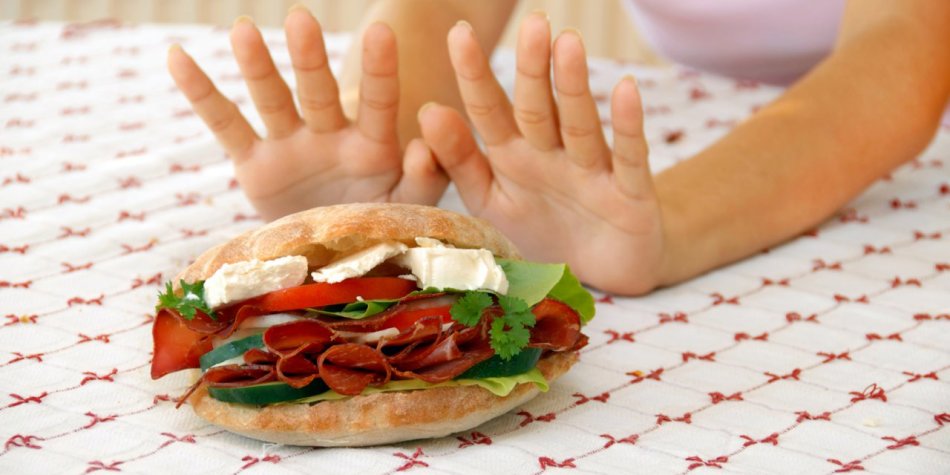From the article you will find out what cheese is useful for how to choose it, store and whether it is possible to use it to sick people.
Content
For most people, cheese is the most delicious treat. This product can be eaten just like that or added to salads, casseroles, and prepare the most delicate cheese-cereal soups from it. But eating it in huge quantities, we do not think at all about whether such a food benefits our body.
Until now, nutritionists have not given an unambiguous answer to this question. Some consider it simply a storehouse of useful substances, others categorically forbid it to eat it to people who follow their figure. Therefore, let's figure out what effect on our body this popular product has.
How is cheese useful?

Although the cheese is considered a fairly high -calorie product, if you eat it in moderate quantities, it will definitely not bring harm to the body and figure. We all know that this nutritious food is prepared from a whole cow, goat or even sheep’s milk. Substances are added to fresh milk that help it curl up, and as a result, manufacturers teach a clothing clot on the basis of which all known varieties are produced.
Due to the fact that this product is made exclusively from milk in its composition there is a huge amount of calcium, so necessary for our bones. If you eat at least 50 g of quality cheese per day, then your body will receive a daily dose of healthy fats.
It also affects the appearance of the skin, nails well enough, helps improve vision and accelerates growth. Based on this product, you can prepare various healing masks for our skin. They will benefitly influence the skin, moisturizing and toning them.
Beneficial substances that are in cheese:
• Squirrels
• amino acids
• Various vitamins
• salts of mineral origin
• zinc and phosphorus
Criteria for choosing cheese

Now in stores and markets you can see a fairly large range of dairy products, but unfortunately, high -quality and useful cheeses must be looked for.
After all, sometimes it happens that, having bought the product you like, and bringing it home, we only notice that not everything is in order with it. In order not to get into such a situation, you must be a little more careful.
Recommendations for the choice of useful cheese:
• Compound. Be sure to carefully study the packaging. On a quality product, and preferably not in a foreign language, a full list of ingredients from which the product is made should be indicated. Natural cheese should not contain various fillers and synthetic additives. Its composition should contain milk and bacterial leaven. If you decide to buy a product without packaging, then all the necessary documents can be asked for both the seller or store manager. If it contains, for example, palm oil is better to refuse such a purchase
• Method of production. Cheese products are of two types: mature and without ripening. Useful cheeses, as a rule, are left after manufacturing for some time to ripen. This technology improves the taste of the product and makes it more fragrant. But unfortunately, there are much more cheeses that are prepared according to the accelerated techno on sale. And, although they are much cheaper than mature, they are very inferior to them in quality
• taste and consistency. If you want to buy a truly useful cheese, then do not forget to pay attention to its structure. It should not crumble, be too soft or hard. If at least one of the above properties has the selected variety, then this is a sign that it succumbed to freezing or in its composition there are not very useful food additives. Also before buying, try the cheese in taste. If he is very bitter and the smell of something similar to ammonia, refuse to buy, because this is an indicator that the cheese was made using accelerated technology
Criteria for choosing cheese when losing weight

As you already, probably, understood a quality product has a rather positive effect on a person. But what about women or men who set themselves the task of bringing their body to an ideal state. Indeed, at the very first consultation with a nutritionist, they will learn that the cheese is quite a fatty product and it will be better to refuse to use it in food.
Of course, most people, making up a new diet, delete their favorite treat from there and try to somehow do without it. But still, if you approach the selection process correctly, you can find varieties that can be safely eaten even during the period of weight loss.
Simple recommendations:
• Choose varieties with the least percentage of fat content
• Pay attention to the amount of protein
• Do not buy very sharp and salty cheeses
Types of cheese

When buying cheese, we first of all pay attention to its taste, color, consistency, appearance, and, of course, to its price. In addition, dairy products may differ in density, fat content, the amount of liquid and the presence of vitamins and trace elements.
Each variety has its own taste, based on which they are used either to prepare delicious dishes or eat it in its pure form.
Classification of useful cheeses:
• solid. After manufacturing, such a product is mandatory for ripening. After about 6-8 months, he falls on the shelves of stores. Solid cheeses have a high density and a pronounced crust. The larger its thickness, the longer the product ripened. High -quality and healthy cheese is easily cut, not crumble and does not stick to the knife. This type includes Parmesan, Chedder, Gauda, \u200b\u200bEdam and Maasdam
• Soft. Typically, such cheeses have a fairly short shelf life (from 2 to 7 weeks) and this affects their price. Because of this, they can be classified as elite products. Some fall on the shelves of trading cents of the cut after manufacturing, others require additional processing. Most often, it has an oil-grained structure and emit the smell of raw land and mushrooms. This type includes Kamamber, Bree, Mascarpone, Dor Blue, Rocher and Stilton
• Seed. A cheese product of this type is prepared according to the same technology as the rest, but the main difference from the rest of the varieties is storage in a special brine. Properly prepared cheese has a salty, slightly sour taste, with the smell of fresh milk and mushrooms. And remember, such a variety should not be bitter, because this is an indicator of not quite correct storage. Brousial varieties include Fet, Suluguni, Brynza
How to store cheese correctly?

Since the cheese, a living product, which even after the purchase continues to ripen, it is necessary to approach its storage quite seriously. If you do not maintain the temperature, humidity and periodically do not ventilate the storage location, then it will be quite likely to change for the worse and appearance and its taste.
Recommendations that will help extend the shelf life of the cheese product:
• Store in a glass container
• Do not buy a lot of cheese at once
• You can additionally wrap it in paper or cotton towel
• Avoid temperature drops
What are the cheeses of different types with?

All cheeses are good in their own way. Some perfectly complement the finished dish with new taste paints, others act as a separate element. If you choose the right look, then on the basis of cheese you can prepare delicious desserts, casseroles, first and second dishes.
So:
• Soft varieties. Most often, such a delicacy is served with high -quality chilled wine and beer. A subscription to such an appetizer can be thin slices, crisp bread or a cracker. In some countries, the cheese is added to freshly brewed coffee instead of cream or milk. It is believed that he makes coffee even more aromatic
• solid varieties. Usually it is served like a snack instead of dessert. For sweetness, sweet fruits can be served, for example, grapes, cherries, melon. It can also be used to prepare the mouth or sauces. Such cheese is being stolen exclusively in red wine. In extreme cases, the supply of pre -warmed port or sherry is allowed
• Blue cheese. It has a fairly rich taste and pungent odor, so combining it with other components is quite difficult. Usually it is eaten in its pure form or with the addition of arugula. You can drink both white and red wine
Is it possible to eat cheese in diseases?

If you, for example, have banal SARS or Angina, that is, such a product can be quite calm. The main thing is to use it in small quantities and combine it correctly with the rest of the food and drinks.
But if you have chronic kidney diseases, gastritis or pancreatitis, then this sour -milk product is used in food with caution.
• kidney diseases. Since cheese is a dairy product, it contains a large amount of phosphorus. It is he, in the case of a sharp exacerbation, that will have a negative effect on the kidneys. In the first stages of the disease, sick people can afford to eat literally a couple of pieces of cheese, the main thing is that it is not salty and sharp. But if the disease begins to progress, then such people are attributed without a phosphorus diet, which means that a person needs to do everything so that phosphorus falls into the body as smaller doses as possible
• Gastritis. This disease is quite difficult to treat and is most often manifested by sufficiently strong nausea and rather painful spasms. In the case of a strong exacerbation, a person has to refuse to food for a day. Only the use of clean water is allowed. After the condition improves a little, you can start eating vegetables, cereals, soups and jelly. From all this, we can conclude that people suffering from gastritis are better to exclude cheese from their diet
• Pancreatitis. If a person has a pancreas, then he has no choice but to sit on a diet. High -quality and useful cheese in it may well be, the main thing, correctly determines the view. With pancreatitis, it is strictly forbidden to eat smoked, melted and solid varieties. When the pancreas begins to return to normal, you can buy yourself a soft, non -resistant and unsolved product. You need to start introducing it into your diet gradually. To begin with, eat literally from 15-25 g, and over time bring the daily dose to 50-100 g. If you attend these simple rules, you can safely eat your favorite treats without fear for your health







